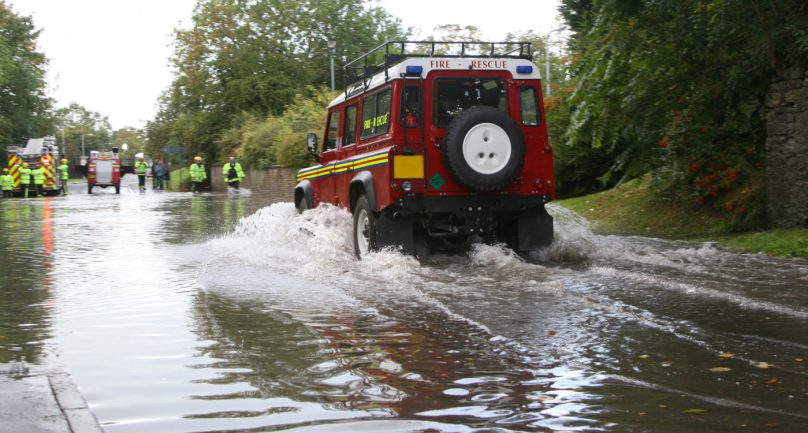Cyber Enabled Discovery System for Advanced Multidisciplinary Study of Humanitarian Logistics for Disaster Response
START YEAR: 2012
COMPLETION YEAR: 2017
TOPIC(S): Disaster Response, Network Modeling
PRIMARY CONTACT(S):
- José Holguín-Veras
PARTNER(S):
- University of Delaware
- Virginia Polytechnic Institute
SPONSORS/FUNDING:
- National Science Foundation Information and Intelligent Systems (NSF-IIS)

OVERVIEW
This project is concerned with the development of an integrative “Cyber Enabled Discovery System for Advanced Multidisciplinary Study of Humanitarian Logistics for Disaster Response.” As part of the work, transportation, computer, mathematical, and social scientists will collaborate to:
- Create new paradigms of humanitarian logistic (HL) models that explicitly consider two key aspects not studied by current techniques: deprivation costs (DC), and material convergence (MC)
- Develop appropriate models to represent human suffering as a DC
- Explicitly consider DC in the key HL decision models
- Develop analytical models to quantify/influence the amount, type, and arrival patterns of donations
- Gain insight into the links between media framing of needs and MC
- Define mechanisms to modify donor behavior
- Develop algorithms and heuristics to solve the formulations developed
The goals of this project are:
- To develop a new generation of computable HL models capable of explicitly considering the impacts of delivery actions on DCs, and able to integrate the real time estimates of MC produced by the cyber enabled discovery system in the definition of proper control procedures
- To predict—on the basis of real (or quasi) time analysis of media reports—the flow of goods to the disaster site. Predictions would integrate all media data (e.g., news, websites, social networks), and a predictive model based on responses to previous similar disasters
- To qualitatively and quantitatively explain the relationship between media framing of needs and MC, and suggest response strategies to better react/influence, media-driven MC
KEY TASKS
- Incorporation of DC in HL models
- Identification of the linkages between media framing and MC, both qualitatively and quantitatively
- Development of cyber tools to estimate donation amounts, types, and arrival patterns
- Definition of control procedures to influence donation behavior
- Integration of MC estimates and DC into HL
- Conceptual validation of the models
- Educational activities/Outreach to practitioners/Curricular changes
KEY FINDINGS
KEY PRODUCTS
ADDITIONAL PRODUCTS
CONTRIBUTING TEAM MEMBERS
RELATED PROJECTS
